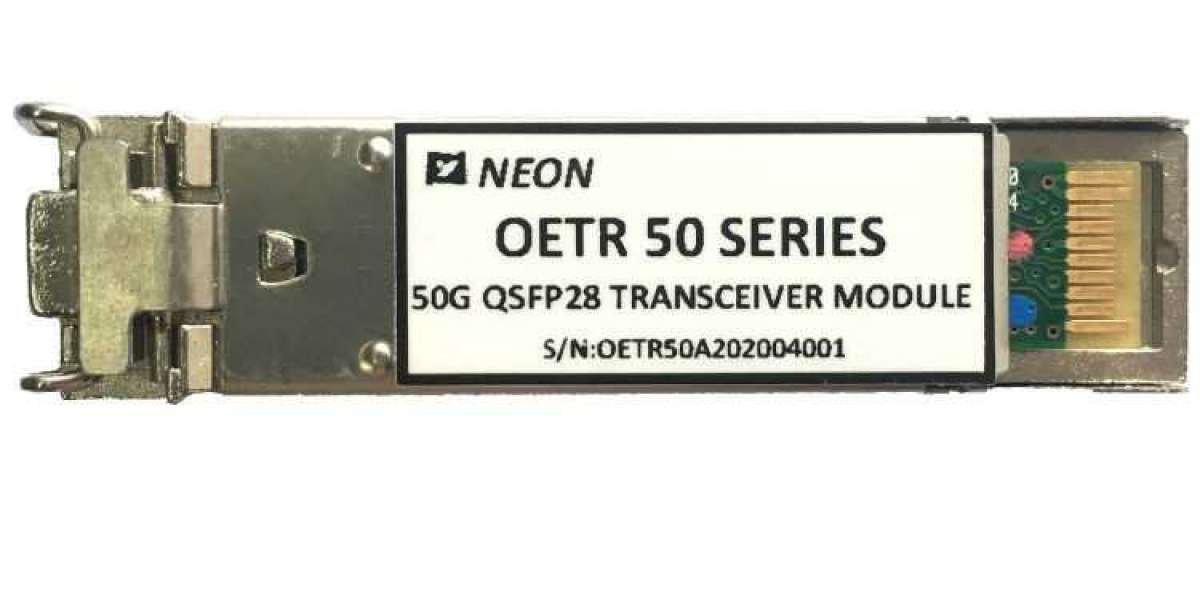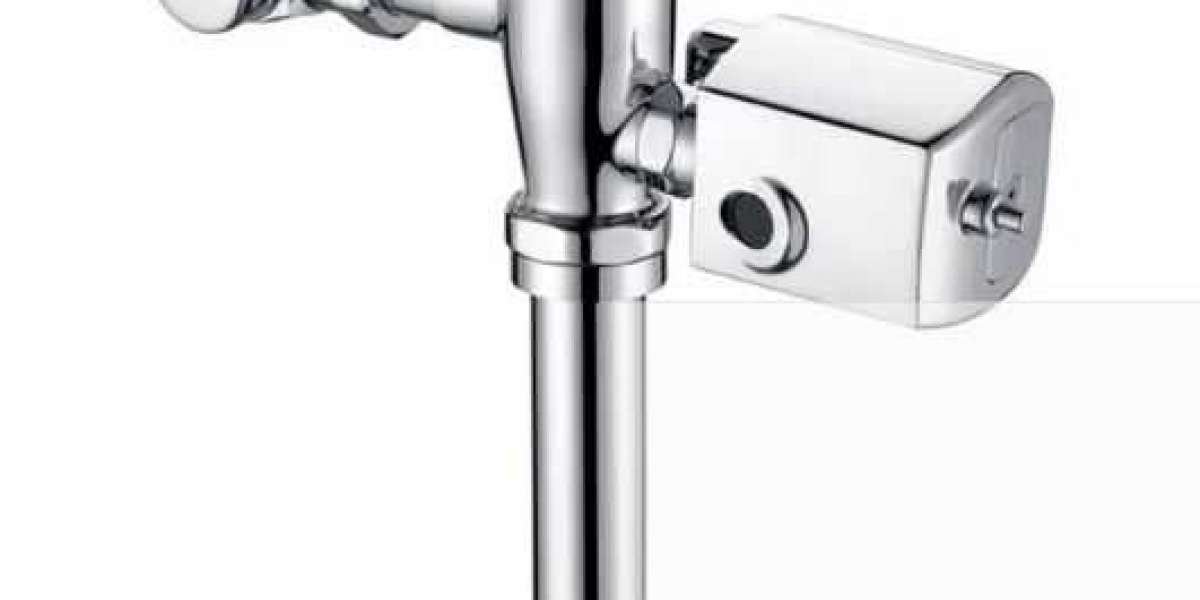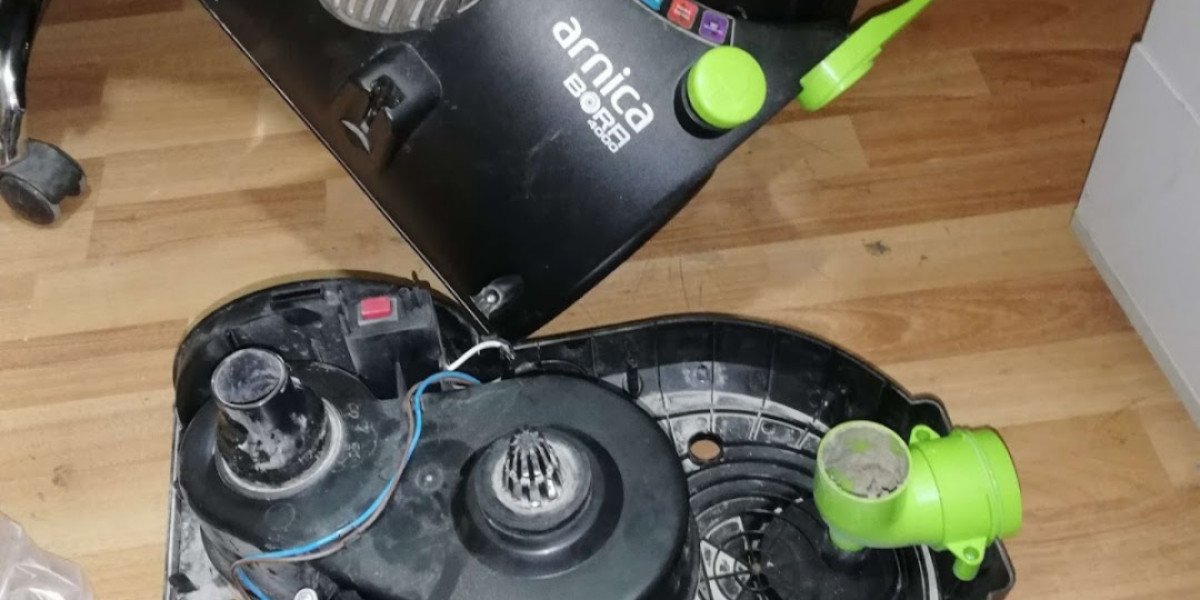SFP, SFP+, QSFP, and XFP optical transceivers are hot-swappable I/O devices, which are key components in today's transmission networks.
Compatibility check for SFP/SFP+ modules
Before making any changes or replacements to optical module components, we must ensure that we have modules that are fully compatible with the hardware when used with host equipment such as switches/routers or optical transport network equipment. For example, some Cisco networking devices will only accept Cisco-sourced optical modules through an initial firmware compatibility check when plugged in. Only SFP/SFP+ modules that pass this check are available. Two undocumented commands can be used to force Cisco Catalyst switches to enable GBIC ports and use third-party SFP/SFP+.
General Security Measures for SFP/SFP+ Optical Modules
Before removing or installing the SFP/SFP+ module, we need to protect the SFP/SFP+ optical module by inserting a clean dust cover after removing the cable. Before plugging the fiber optic cable back into the optical port of another SFP/SFP+ module, we need to clean the optical surface of the fiber. Avoid bringing dust and other contaminants into the optical ports of the SFP/SFP+ modules, as the optics will not function properly when dust blocks them.
It is strongly recommended that you do not install or remove SFP/SFP+ modules with fiber optic cables attached, as this may damage the cables, cable connectors, or optical interfaces in the SFP/SFP+ modules. Disconnect all cables before removing or installing an SFP/SFP+ module. Removing and inserting an SFP/SFP+ module will shorten its useful life, so removing and inserting an SFP/SFP+ module should not be strictly necessary. Before touching the module, a wrist strap or similar personal grounding device must be installed to prevent ESD from occurring.
Removing and Installing SFP/SFP+ Modules
Duplex LC connectors on SFP/SFP+ optical modules support fiber optic connector interfaces with physical contact (PC) or ultra-physical contact (UPC) polished face types. The duplex LC connector of the optical module does not support the network interface cable, and the 8° polished surface type of its right-angle connector (APC) can be used for direct connection. 10 Gb SFP+ optics are hot-swappable I/O devices that plug into 10 Gb ports. The SFP/SFP+ optical module connects the circuit of the system with the optical network.








